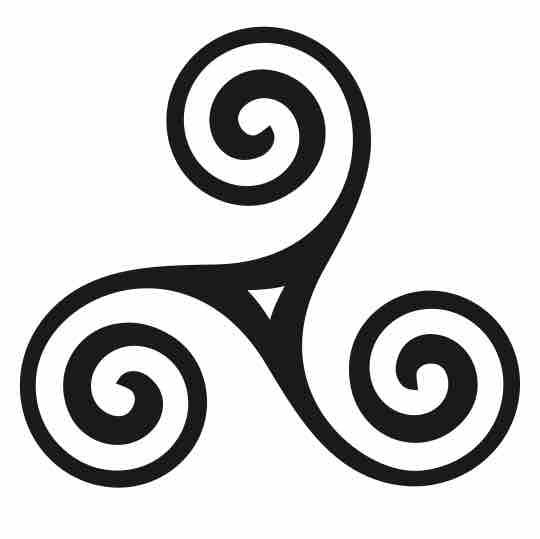2023 Ascendant Rosé
Release date to be announced
Ingredients: Ingredients: Estate Biodynamic Organic Grapes, minimum effective sulfites
Nutritional Information: per 5-oz. serving: 110 calories, sugar 0.3 grams, carbohydrates 2.3 grams fiber/fat/protein 0
Technical Information: 12.4% alcohol, RS 1.8 g/L, TSO2 47 mg/L, pH 3.19, TA 5.9 g/L
Unfined and Unfiltered - Vegan Friendly
Packaging: Bottle Weight: 467 grams, no capsule, corks origine by DIAM, tree-free labels
The 2023 Ascendent Rosé is part of a series of our estate Biodynamic wines blended from classic Rhône, Provence, and Languedoc-Roussillon varieties. In addition to this rosé, the Ascendent series will include Red, White and Amber wines.
We blend this wine with the idea of crafting a wine that will age for several years and feel it will be at its best in one to two years. Our Druid's Pink, a blend of similar varieties, is made with earlier consumption in mind.
We are Oregon’s only Biodynamic® and Regenerative Organic Certified® winery. The Moon’s cycles guide our farming. As the Moon ascends, the Earth breathes out, imbuing our vines with nature’s energies. Our Ascendant blends capture those forces. On this label is milkweed, a pollinator we grow for Monarch Butterfly habitat. This wine is naturally crafted to bring the purest expression of our land to your glass.
Winemaker Notes by Nate Wall:
The five components for the 2023 Ascendant Rosé - cinsault, mourvèdre, grenache, counoise and carignan - were grown and harvested with the intention to make this rosé wine. Even though these are all red grapes, the grapes were all picked at lower sugars and higher acidity than would have been the case for a red wine, and these vines were pruned and grown with rosé production in mind.
The purpose of our “Ascendant” wines are to be age-worthy representations of the unique terroir of Troon Vineyard. Most rosé wines are typically consumed young, so the Ascendant Rosé is a bit of a rarity being crafted with the intention of allowing for age. Part of this intention is in the blending of varieties. The cinsault adds bright red fruits, whose presence should only diminish slowly over time. The mourvèdre adds body and fruit complemented by intriguing herbal characteristics. Grenache adds some weight and texture along with ample fruit. Counoise adds acidity, an absolute prerequisite for extended aging, and carignan adds spiciness.
In terms of winemaking, following harvest the grapes were gently whole-cluster pressed to maintain aromatics and acidity. This has the secondary effect of also minimizing color extraction, leading to a more lightly colored rosè wine - our focus is on wine flavor and balance, not color. After settling for 24 hours, the juice was racked to neutral barrels for fermentation. Both primary alcoholic and secondary malolactic fermentations were spontaneous (“native”) and were completed in barrels over a roughly 4-month period. The wines stayed on their primary lees right up until they were blended in a stainless steel tank for bottling when a small amount of SO2 was added. The Ascendant Rosé is bottled unfined and unfiltered


